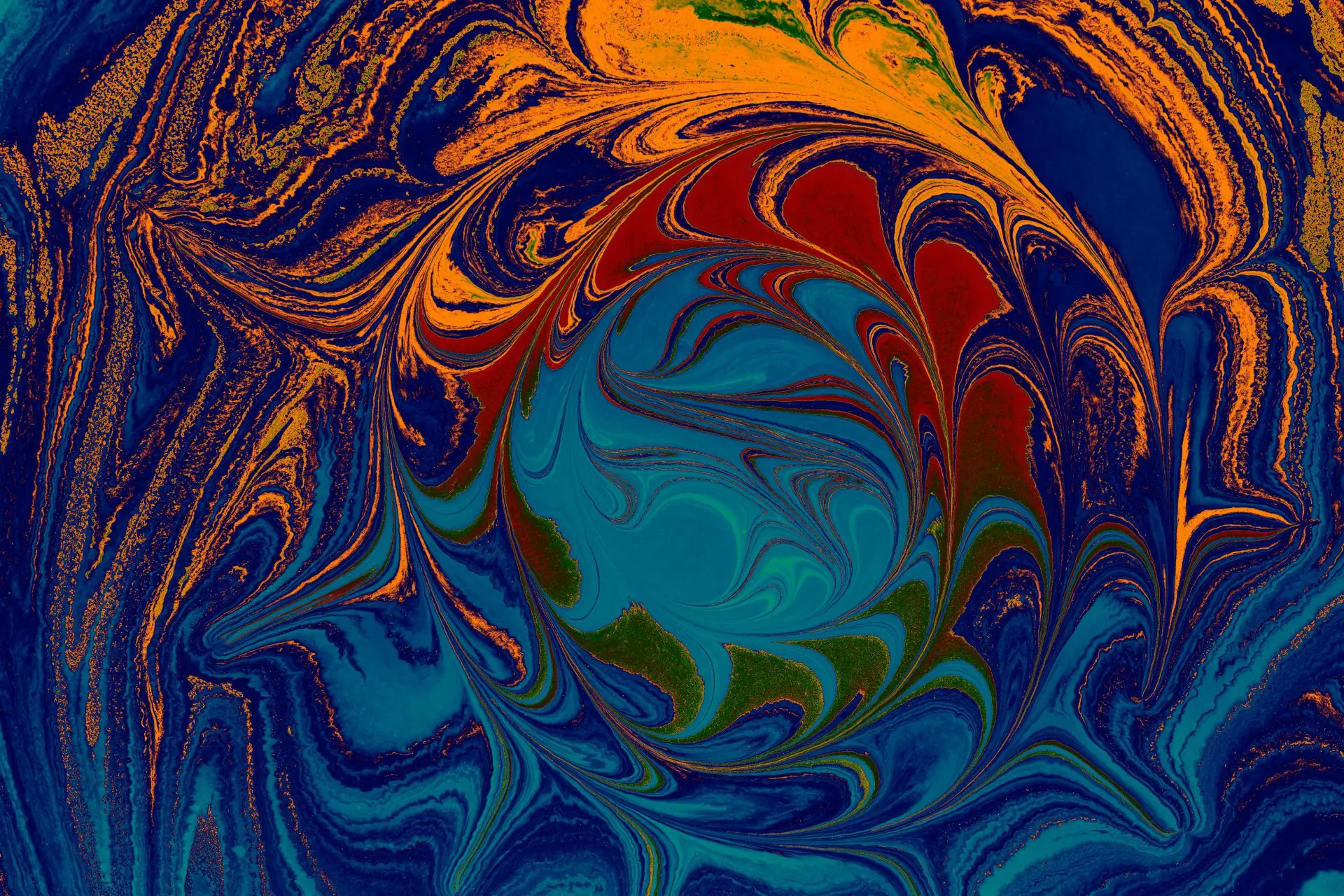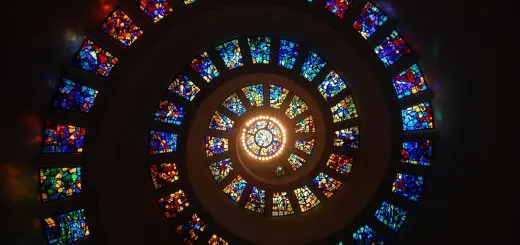How Did the Crusades Shape the Modern World?

Looking for more amazing products? Check out our online store and explore our collection here! Happy shopping!
Before diving in, please note: This post is for informational purposes only. If you’d like to know more about how we approach topics, feel free to check out our friendly Disclaimer Page.
Hey there, amazing readers! 
We’re committed to delivering quality posts, and your support (even just sticking around despite the ads) means everything to us. So, bear with us, and thanks for helping us keep the good vibes rolling. Now, on to the fun stuff!
TRANSLATE BUTTON AT THE END OF THE ARTICLE
A Quick Overview
The Crusades, a series of religious wars between Christians and Muslims from the 11th to the 13th centuries, didn’t just alter the course of history—they left a lasting imprint on our modern world.
These tumultuous events were about more than just battles and territory; they were catalysts for cultural exchange, economic growth, and the evolution of legal systems.
So, how did these medieval skirmishes transform our contemporary landscape?
Let’s embark on this enlightening journey together!
The Crusades: A Brief Introduction to Their Impact
When we think of the Crusades, images of knights, swords, and epic battles might spring to mind.
However, the impact of these conflicts reaches far beyond the battlefield.
The Crusades sparked a wave of change, creating connections that shaped societies across Europe and the Middle East.
Cultural Exchange: The Crusades facilitated a blend of cultures.
European knights interacted with the rich traditions of the Middle East, leading to an exchange of ideas and knowledge.
Economic Growth: As trade routes opened, commerce flourished.
Merchants began to exchange goods like spices, textiles, and even precious metals, profoundly affecting European economies.
Religious Understanding: While the Crusades were fueled by religious fervor, they also brought about a need for dialogue between different faiths.
The encounter between Christianity and Islam led to some degree of mutual understanding, despite the overarching conflict.
Political Changes: The power dynamics in Europe shifted significantly.
The wars weakened feudal lords but strengthened monarchies, laying groundwork for the centralized states that would emerge later.
Legal Evolution: The Crusades influenced legal systems as new laws and codes developed in response to the challenges of war, trade, and cultural interaction.
The lasting effects of the Crusades are woven into the fabric of our modern world, impacting everything from politics to culture.
Understanding the Historical Context of the Crusades
To fully grasp the influence of the Crusades, we need to look back at the historical context that set the stage.
The late 11th century was a time of religious zeal in Europe, fueled by the desire to reclaim the Holy Land.
Religious Pilgrimage: The significance of Jerusalem to Christians made it a major pilgrimage site.
The rise of Islam also meant that Muslims had control over this sacred city, igniting the desire for reclamation among Christians.
Papal Influence: Pope Urban II played a crucial role by calling for the First Crusade in 1095.
His speech at the Council of Clermont stirred the passions of many, leading to waves of volunteers.
Feudal System: The feudal structure of Europe meant that lords needed to assert their power.
Crusading offered knights a chance for glory and land, creating a mix of motivations from piety to personal gain.
Technological Advances: The period saw advancements in military technology and tactics, influencing how battles were fought and strategies employed.
Social Dynamics: The wars shifted social hierarchies.
As noble families rose and fell, the lower classes had opportunities to gain wealth and status.
Understanding this backdrop helps illuminate how these historical events created ripples that would ultimately touch various aspects of our lives today.
The Crusades: A Journey of Faith and Exploration
The Crusades were as much about faith as they were about adventure.
The journey to the Holy Land was a mix of pilgrimage, exploration, and sometimes sheer chaos.
Personal Pilgrimages: Many crusaders undertook their journeys as acts of faith, seeking forgiveness for sins.
This spiritual motivation added depth to their military pursuits.
Exploration: Crusaders encountered lands they had only heard of in stories.
The diverse cultures, customs, and landscapes opened their eyes, sowing seeds of curiosity about the wider world.
Documenting Experiences: Chroniclers and knights penned accounts of their travels, helping share knowledge about the East with their fellow Europeans.
Cultural Curiosity: Crusaders brought back spices, textiles, and inventions—like the astrolabe—which sparked European interest in science and exploration.
Religious Reflection: The harsh realities of war also led many to reflect on faith, leading to new religious orders and movements that emphasized compassion and understanding.
This journey of faith and exploration laid the groundwork for later exploration during the Age of Discovery.
Cultural Exchanges: East Meets West During the Crusades
One of the most remarkable outcomes of the Crusades was the cultural exchange that occurred between East and West.
It wasn’t just about swords clashing; it was about ideas mingling.
Art and Architecture: European artists were influenced by Islamic art and architecture, incorporating elements such as intricate geometric patterns and calligraphy into their designs.
Philosophy and Science: The Crusades introduced European scholars to Arab philosophers and scientists.
Works by figures like Avicenna and Averroes were translated, influencing medieval European thought.
Cuisine: The mingling of cultures led to new culinary practices.
Ingredients like sugar, spices, and fruits from the East enriched European diets.
Language: Many Arabic words found their way into European languages, especially in areas related to science, mathematics, and trade.
Fashion and Lifestyle: Crusaders often returned with exotic goods and styles, influencing fashion trends in Europe.
These exchanges fostered a spirit of curiosity and innovation that would characterize the Renaissance and beyond.
How the Crusades Influenced Trade and Commerce
The Crusades were not just religious wars; they were also a turning point for trade and economic development.
New Trade Routes: The need to supply armies and merchants established new trade routes across the Mediterranean, linking Europe with the Middle East and beyond.
Commercial Growth: Cities like Venice and Genoa flourished as trade hubs, gaining wealth and power through commerce with the East.
Banking Systems: The rise in trade led to the development of banking systems to manage finances, credit, and loans, laying the groundwork for modern banking.
Guilds and Trade Associations: As trade increased, so did the formation of guilds, which protected the interests of merchants and craftsmen, leading to early forms of capitalism.
Market Expansion: The influx of exotic goods created demand in Europe, expanding markets and consumer choices.
Spices, silks, and precious stones became symbols of wealth and status.
The economic transformations ignited by the Crusades resonate in today’s global trade systems.
Architectural Marvels: Legacy of Crusader Fortresses
The Crusades left a remarkable architectural legacy in the form of fortresses and defensive structures built during and after these conflicts.
Crusader Castles: Imposing castles like Krak des Chevaliers and the Citadel of Aleppo showcased advanced military architecture and engineering.
Gothic Influences: European architecture was influenced by Middle Eastern styles, leading to the development of Gothic architecture that emphasized height and light.
Religious Buildings: Many churches and cathedrals in Europe were built or renovated with inspiration from the designs encountered during the Crusades.
Urban Planning: The need for fortified towns led to the emergence of urban planning principles that would shape cities for centuries to come.
Cultural Symbols: These architectural feats serve as symbols of the era’s complexities, representing both conflict and cultural exchange.
These structures stand as testaments to the ingenuity of those who lived through the Crusades, continuing to capture our imaginations today.
The Role of Chivalry and Knighthood in the Crusades
The Crusades were deeply interwoven with the concepts of chivalry and knighthood, which helped shape societal values and norms.
Chivalric Code: The idea of chivalry promoted virtues such as bravery, honor, and loyalty.
Knights were expected to defend the weak and uphold justice, even amidst war.
Heroic Narratives: Tales of knights performing noble deeds during the Crusades became popular, fostering a culture of heroism and valor.
Knighthood as Aspiration: The allure of becoming a knight motivated many young men to take up arms and embark on crusades, seeking glory and status.
Women’s Role: The ideals of chivalry also affected women, who were often idealized as the inspirations behind knights’ quests.
This notion shaped societal views on gender roles.
Legacy of Chivalry: Though the concept of chivalry has evolved, its roots from the Crusades contribute to modern notions of honor and integrity.
The ideals of chivalry still resonate today, influencing how we view heroism and morality.
Exploring Religious Tensions and Their Modern Effects
While the Crusades were initially motivated by religious fervor, they also sowed the seeds for ongoing religious tensions that continue to affect our world.
Christian-Muslim Relations: The conflicts created deep-seated animosities that have echoed through history, contributing to ongoing tensions between Christianity and Islam.
Cultural Stereotypes: The narratives forged during the Crusades influenced how different cultures viewed one another, fostering misunderstandings and stereotypes that persist today.
Religious Extremism: The legacy of the Crusades can be seen in modern religious extremism, where historical grievances are invoked to justify violence.
Interfaith Dialogue: The need for understanding has led to initiatives aimed at improving Christian-Muslim relations, emphasizing the importance of dialogue.
Lessons Learned: The historical context of the Crusades serves as a reminder of the consequences of religious conflict, urging us to seek peaceful resolutions today.
By studying these tensions, we can aspire to build a more harmonious world.
The Crusades and the Birth of Modern Nations
The Crusades significantly affected the political landscape of Europe, contributing to the formation of modern nation-states.
Centralization of Power: Monarchs who led crusades gained authority, paving the way for stronger centralized governments.
Decline of Feudalism: As kings gained power, feudal lords’ influence waned, leading to the gradual decline of feudalism and the rise of a more unified national identity.
Nationalism: The sense of shared purpose and identity developed during the Crusades fostered early forms of nationalism.
Borders and Territories: The conflicts also influenced territorial boundaries that would later be formalized, shaping the map of Europe.
Diplomatic Relations: The interactions between different cultures during the Crusades led to the establishment of early diplomatic practices, influencing modern international relations.
Understanding this evolution helps us appreciate how historical events have sculpted the nations we know today.
Shaping Legal Systems: The Crusades’ Enduring Influence
The Crusades had a profound impact on the evolution of legal systems in Europe and the Middle East.
Military Law: New laws were established to govern the conduct of crusaders, influencing military codes that persist in modern military law.
Trade Laws: The increase in commerce led to the creation of regulations governing trade practices, laying the groundwork for contemporary trade laws.
Rights of Individuals: The emphasis on chivalric values led to early notions of rights and responsibilities, influencing modern legal concepts.
International Law: The interactions between different nations and cultures during the Crusades contributed to the early development of international law.
Judicial Systems: The need to resolve disputes related to trade and conflict led to the establishment of courts and legal systems that have shaped legal practices in many countries today.
These legal transformations continue to echo in our judicial systems, highlighting the Crusades’ lasting significance.
The Crusades in Literature and Popular Culture Today
The Crusades have inspired countless works of literature and popular culture, shaping how we view this era.
Historical Novels: Authors like Ken Follett and Bernard Cornwell have brought the Crusades to life through captivating narratives, rekindling interest in this tumultuous period.
Movies and Documentaries: Films like "Kingdom of Heaven" and various documentaries explore the complexities of the Crusades, portraying both sides of the conflict.
Video Games: Titles such as "Assassin’s Creed" have popularized the Crusades, blending gaming with historical exploration.
Art and Music: Artists and musicians draw inspiration from the themes of chivalry and conflict in the Crusades, creating works that reflect our fascination with this era.
Educational Perspectives: The Crusades are taught in schools to examine issues of faith, culture, and conflict, emphasizing their relevance to modern society.
By engaging with these narratives, we can reflect on the lessons of the past and their implications for our future.
Reflections on the Crusades: Lessons for Our Future
As we reflect on the Crusades, it’s essential to consider the lessons learned and their relevance today.
Understanding Diversity: The Crusades highlighted the importance of understanding and respecting different cultures and faiths.
Promoting Dialogue: Engaging in meaningful conversations can bridge divides and foster mutual understanding.
The Cost of Conflict: The wars remind us of the devastating consequences of conflict, urging us to seek peaceful resolutions.
Embracing Curiosity: The spirit of exploration and curiosity that emerged during the Crusades can inspire us to learn more about the world around us.
Building a Better Future: By applying lessons from the past, we can work towards a more inclusive and harmonious future.
In essence, the Crusades serve as a reminder of our shared humanity and the importance of forging connections across cultural divides.
Conclusion
The Crusades were a complex tapestry of faith, conflict, and cultural exchange that shaped our modern world in myriad ways.
They influenced trade, legal systems, architecture, and even our understanding of heroism and identity.
As we navigate our contemporary landscape, let’s draw on the lessons of the past, fostering dialogue and understanding while celebrating our shared histories.
Together, we can build a future that honors our diverse tapestry of cultures and experiences.

The Enlightenment Journey is a remarkable collection of writings authored by a distinguished group of experts in the fields of spirituality, new age, and esoteric knowledge.
This anthology features a diverse assembly of well-experienced authors who bring their profound insights and credible perspectives to the forefront.
Each contributor possesses a wealth of knowledge and wisdom, making them authorities in their respective domains.
Together, they offer readers a transformative journey into the realms of spiritual growth, self-discovery, and esoteric enlightenment.
The Enlightenment Journey is a testament to the collective expertise of these luminaries, providing readers with a rich tapestry of ideas and information to illuminate their spiritual path.
Our Diverse Expertise
While our primary focus is on spirituality and esotericism, we are equally passionate about exploring a wide range of other topics and niches 

To ensure we provide the most accurate and valuable insights, we collaborate with trusted experts in their respective domains 
Our blog originally focused on spirituality and metaphysics, but we’ve since expanded to cover a wide range of niches. Don’t worry—we continue to publish a lot of articles on spirituality! Frequently visit our blog to explore our diverse content and stay tuned for more insightful reads.
Hey there, amazing reader! 
Check out our store here and take a peek at some of our featured products below! Thanks for being awesome!











